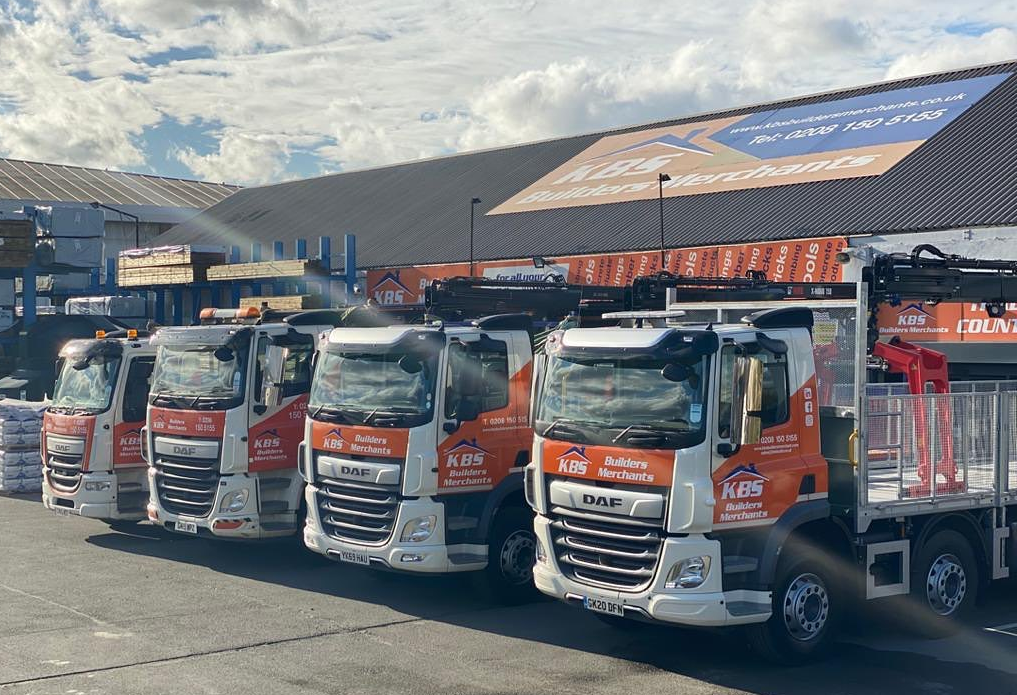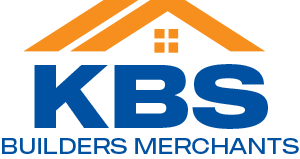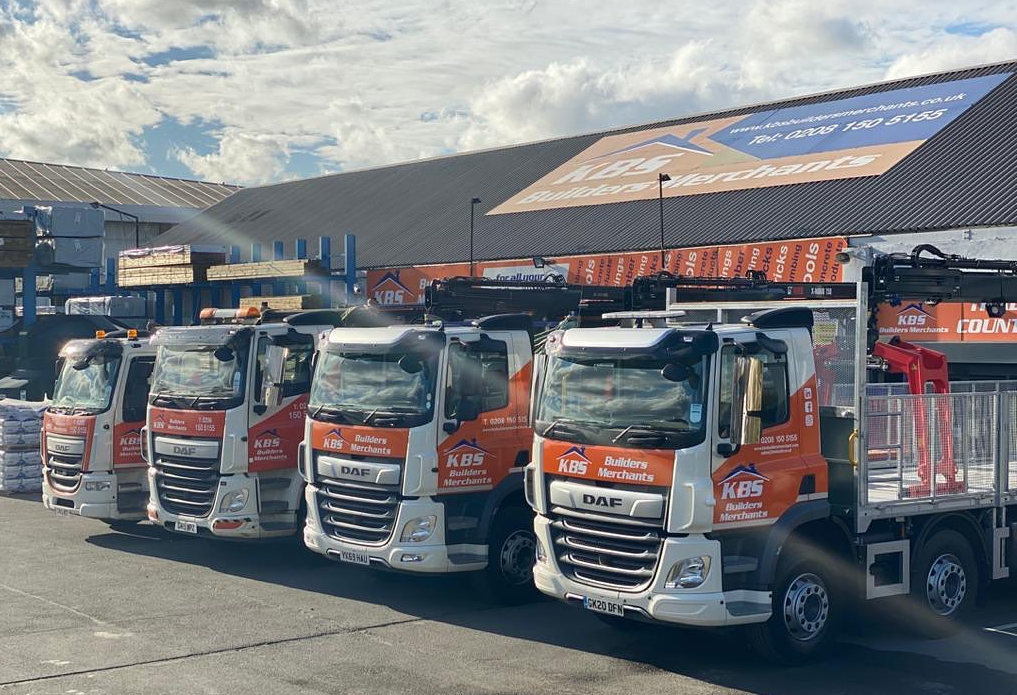- KBS Builders Merchants, 657 Woolwich Rd, London SE7 8LH
- Talk To An Expert :020 8150 5155
Unveiling the Best Loft Insulation Types for Your Home: A Comprehensive Guide

Why loft insulation is important for making homes more energy efficient
Loft insulation is a very important part of making a house more energy efficient. By keeping heat in during the winter and out during the summer , efficient loft insulation can greatly lower heating and cooling costs. This is because it reduces the amount of energy that is used overall. KBS Builder s Merchant s is a well-known store that sells building materials and insulation Boards . We have a lot of different insulation choices that can be used for different needs and tastes. This book looks at different kinds of loft insulation , lists their pros and cons , and the best ways to use them so that residents can make an informed choice.
Loft insulation can be made from several different materials
- Fibreglass pros and cons, as well as the best ways to use itFibreglass is often used for blanket insulation because it is cheap and keeps heat from moving. For the most part, it fits the standard space between loft joists and is pretty easy to put up. Still, it could irritate the skin and lungs during installation, so safety gear is needed. For the best results, fibreglass should be used in easily accessible attic places that won't need to be changed often.
- Mineral Wool: What It Is, And Its Pros and Cons Mineral wool, which comes from rock or slag, is better at resisting fire and blocking out noise than fibreglass. Since it has a higher density, it blocks the flow of heat and noise more effectively. However, it is usually more expensive and has the same installation problems as fibreglass, which means safety steps need to be taken because it is made of fibres.
- How natural fibres like cotton and sheep's wool are good for the earth and how well they work.Sheep's wool and cotton are eco-friendly insulation options that work really well for both sound and heat protection. Sheep's wool is very good at controlling moisture, which makes it more thermally efficient. It's safer to work with these materials than fake ones, but they can be more expensive and harder to get.
Loose-fill insulation
- Cellulose: Composition, Application, and SuitabilityCellulose is derived from recycled paper that undergoes treatment with fire retardants. It is propelled into loft spaces, rendering it well-suited for uneven or obstructed locations that pose challenges for insulating with conventional materials. Cellulose exhibits favourable thermal properties. Nevertheless, it tends to compact over time, which may diminish its efficacy.
- Vermiculite and perlite are two types of mineral-based materials that have distinct characteristics and are used for certain purposes. Vermiculite is a natural mineral that expands when heated, creating a lightweight and absorbent material. Perlite, on the other hand, is a volcanic glass that is processed into small, lightweight particles. Vermiculite is commonly used in gardening and horticulture.
- Vermiculite and perlite are lightweight and fire-resistant substances utilised for loose-fill insulation. They are most effective in locations where only a small amount of weight-bearing insulation is needed. Nevertheless, their lower R-values restrict their widespread application in thermal insulation as compared to other materials.
Insulation for sheets
- Rigid Foam Boards: Varieties, Advantages, and Installation Recommendations Rigid foam boards, such as polystyrene, polyisocyanurate, and polyurethane, have excellent insulating properties while having thin profiles. This makes them well-suited for maximising space in loft conversions. These items can be trimmed to fit different areas and are efficient in providing both insulation against heat and resistance to moisture. Installation necessitates meticulous cutting and fitting to minimise any gaps.
- An examination of reflective insulation: its mechanisms and ideal applications Reflective insulation, such as boards or sheets with a foil surface, is highly efficient at reflecting heat and is particularly beneficial in hot regions. It is commonly utilised alongside other forms of insulation to improve overall thermal efficiency and is especially advantageous when applied to roofs to deflect radiant heat.
Spray foam insulation
- Distinguishing Open-Cell Foam from Closed-Cell Foam: Variances and UtilisationsThere are two types of spray foam: open-cell and closed-cell. Open-cell foam is characterised by its reduced weight and cost. However, it offers a lower R-value per inch. Due to its rigidity, closed-cell foam is denser, provides stronger thermal resistance, and enhances structural strength. The selection between the two options frequently relies on financial constraints, weather conditions, and particular requirements for insulation.
- The Installation Procedure of Spray Foam Insulation and Its EfficacySpray foam insulation is initially placed in a liquid state, then expands and solidifies into a firm substance. It offers exceptional air sealing and insulation simultaneously, making it highly efficient in minimising energy leakage. Nevertheless, it necessitates the expertise of a professional to install and may prove to be more invasive and costly compared to other choices.
Analysing Different Types of Insulation
- Comparing the performance: Thermal efficiency of different materials Each type of insulation provides varying degrees of thermal efficiency, typically quantified using R-values. Materials with a higher R-value offer superior insulation, although they may come at a higher cost or demand more space.
- Cost Analysis: Comparing the Initial Investment to the Long-Term SavingsAlthough the initial expenses for products such as spray foam may be greater, the subsequent reduction in energy bills makes it a financially advantageous choice in the long run. When selecting insulation, it is important to take into account both the initial expenses and the possible energy conservation benefits.
- Installation: Simplicity, Intrusiveness, and DIY Feasibility Certain insulation varieties, such as blanket and loose-fill, can be self-installed, whilst others, like spray foam, necessitate the expertise of a professional for installation. The simplicity and invasiveness of the installation process can greatly impact a homeowner's decision.
- Life Expectancy and Robustness: What to Anticipate from Each CategoryMaterials exhibit diverse lifeps and levels of durability. If fibreglass and mineral wool are adequately maintained, they can have a lifep of 20-30 years. On the other hand, spray foam can have an even longer lifep if it is installed correctly.
Factors should be taken into account.
- Analysing Potential Health Hazards Associated with Insulation MaterialsDuring the installation process, certain insulation materials, especially fibrous ones, might potentially cause health hazards by irritating the skin, eyes, and respiratory system. Installation requires the use of appropriate safety equipment and adherence to proper safety protocols.
- Installation Safety MeasuresIt is imperative to wear safety gear, gloves, masks, and goggles while installing specific types of insulation. To prevent health hazards, it is important to maintain proper ventilation during installation and handle components with caution.
- Ensuring Air Quality and Ventilation in Insulated AtticsAdequate ventilation is essential in insulated lofts to avoid air quality problems. Eave vents should not be obstructed by insulation, and it may be necessary to provide extra ventilation to provide sufficient airflow.
Summary:
Selecting the appropriate loft insulation requires considering many criteria, such as material characteristics, cost, installation difficulty, and environmental consequences. KBS Builders Merchants offers a comprehensive selection of insulation materials that cater to various requirements and budgets, enabling homeowners to enhance energy efficiency and comfort in their living spaces. Homeowners can optimise the advantages of loft insulation and promote a more energy-efficient home by giving priority to quality, sustainability, and correct installation.

